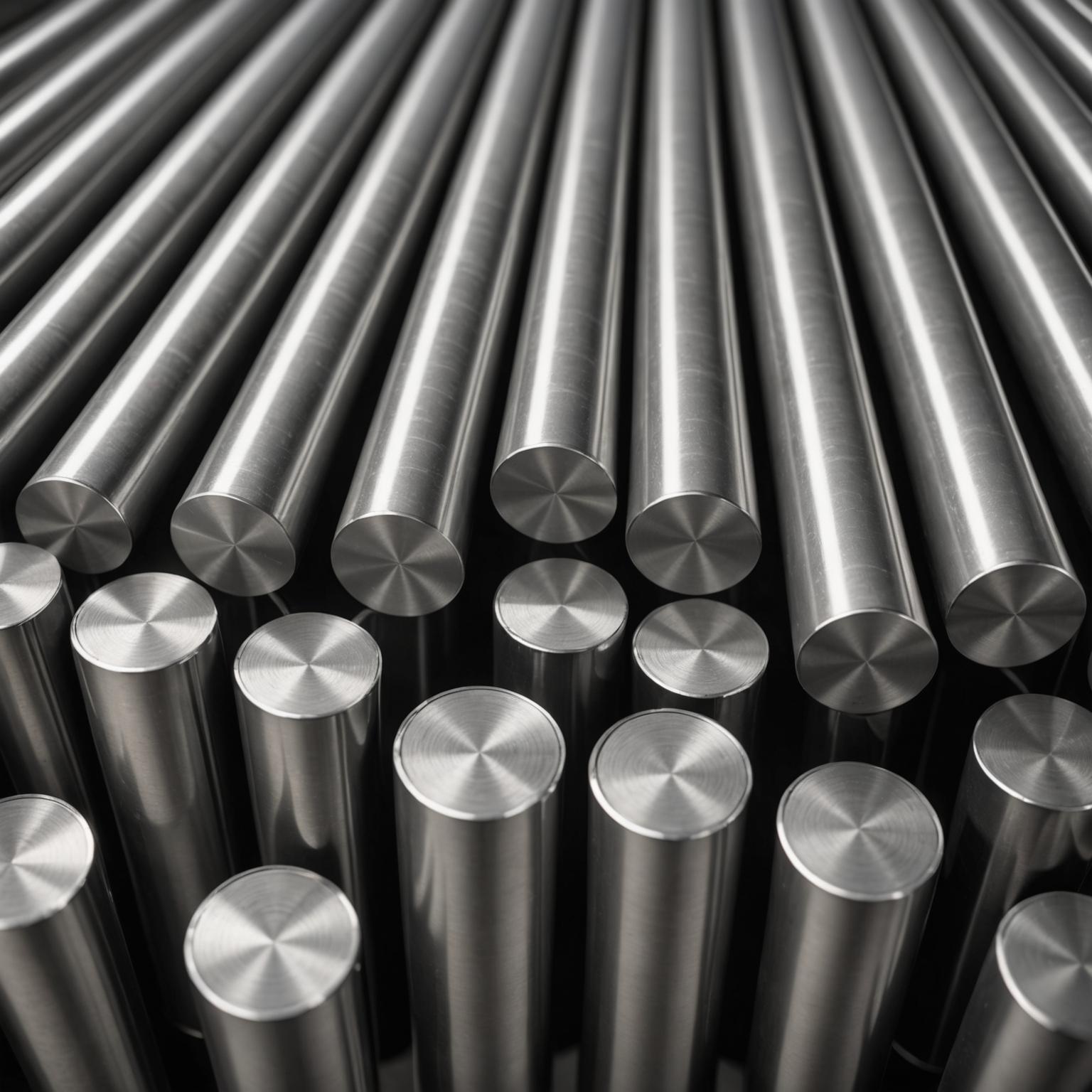Working with stainless steel offers incredible benefits in strength, corrosion resistance, and aesthetic appeal, making it a top choice for countless projects. However, its robust nature can present challenges, leading many fabricators and DIY enthusiasts to ask, how do you bend a stainless steel round bar? This question is often immediately followed by a crucial concern: Will it crack? The answer to both is rooted in understanding the material's properties and employing the correct techniques. Bending this durable metal is entirely achievable without compromising its integrity, provided you follow a methodical approach.
Understanding the Properties of Stainless Steel
Before you attempt to shape a rod, it’s essential to understand what makes stainless steel unique. Unlike mild steel or aluminum, most common grades of stainless steel (like 304 and 316) exhibit a high degree of work hardening. This means that as you bend it, the material becomes harder and stronger in the bent area, making further adjustments more difficult. This property is a primary reason why applying slow, steady force is critical. Furthermore, stainless steel comes in various grades, each with different levels of ductility. Austenitic grades, such as 304, are generally more formable and forgiving than ferritic or martensitic grades, making them a better choice for projects requiring significant bending. Knowing the specific grade of your stainless steel round bar will help you anticipate its behavior and choose the appropriate bending method.
Gathering the Right Tools and Ensuring Safety
A successful bend starts with the right equipment and a commitment to safety. You don’t necessarily need a massive industrial press; many bends can be accomplished with simpler tools. Your essential toolkit should include a heavy-duty workbench vise to securely hold the bar, a bending tool appropriate for the bar’s diameter (this could be a manual pipe bender, a hydraulic press, or a custom-made jig), a tape measure, and a marker for precision. For hot bending, you will also need a heat source like an acetylene or MAPP gas torch. Safety is non-negotiable. Always wear impact-resistant safety glasses to protect your eyes from any potential metal fragments, heavy-duty gloves to protect your hands, and work in a well-ventilated space, especially if applying heat.
Method 1: Cold Bending Your Stainless Steel Round Bar
Cold bending is the process of shaping the metal at room temperature and is suitable for smaller diameter bars or bends with a larger radius. The key to successful cold bending is control. Start by securely clamping the stainless steel round bar in your vise, leaving the section you intend to bend exposed. Using your bender, apply slow and consistent pressure to the bar. Avoid sudden, jerky movements, as this can create stress points and lead to cracking. One important phenomenon to account for is springback. Due to its elasticity, the steel will try to return to its original shape slightly after you release the pressure. You will need to bend the bar slightly beyond your desired angle to compensate for this. Check your angle frequently throughout the process until you achieve the desired shape.
Method 2: Hot Bending for More Complex Bends
When you need to create a tight radius bend or are working with a thick-diameter bar, hot bending is the superior method. Heat makes the steel far more malleable, significantly reducing the force needed and minimizing the risk of fracture. Begin by marking the exact location of the bend. Secure the bar and use your torch to heat the marked area evenly, moving the flame back and forth to avoid creating hot spots. The target temperature is a bright cherry-red color. Once heated, the bar can be bent with much less effort. After achieving the desired angle, it's crucial to let the metal cool down slowly and naturally in the air. Quenching it in water can make the steel brittle and should be avoided unless a specific hardening process is intended.
Will it crack? How to Prevent Cracking
This is the most critical concern when forming stainless steel. Cracking is not inevitable; it’s almost always the result of improper technique. The primary cause of cracking is forcing the metal beyond its elastic limit too quickly or around too sharp of a corner. To prevent this, always use the largest bend radius your project will allow. A good rule of thumb is a minimum bend radius of two to three times the diameter of the bar. Applying gradual, smooth pressure is equally important, as it gives the metal’s crystalline structure time to adjust. If you notice surface crazing or small fissures forming during a cold bend, stop immediately. This is a sign that the material is work-hardening too much, and applying heat may be necessary to complete the bend safely. The query, how do you bend the material without damage, is best answered with patience and control.
Achieving the Perfect Bend with Quality Materials
Ultimately, learning how to bend a stainless steel round bar is a matter of respecting the material and using the right process. Whether you choose cold or hot bending, the core principles remain the same: prepare properly, apply force slowly, use a generous bend radius, and prioritize safety. The success of your project also starts with the quality of your materials. Beginning with a high-quality, meticulously engineered stainless steel rod with a uniform composition and a smooth, defect-free finish provides the best possible foundation. Such premium materials are less likely to have internal stresses or surface imperfections that could become failure points during the bending process, ensuring you can bring your vision to life with both strength and style.







